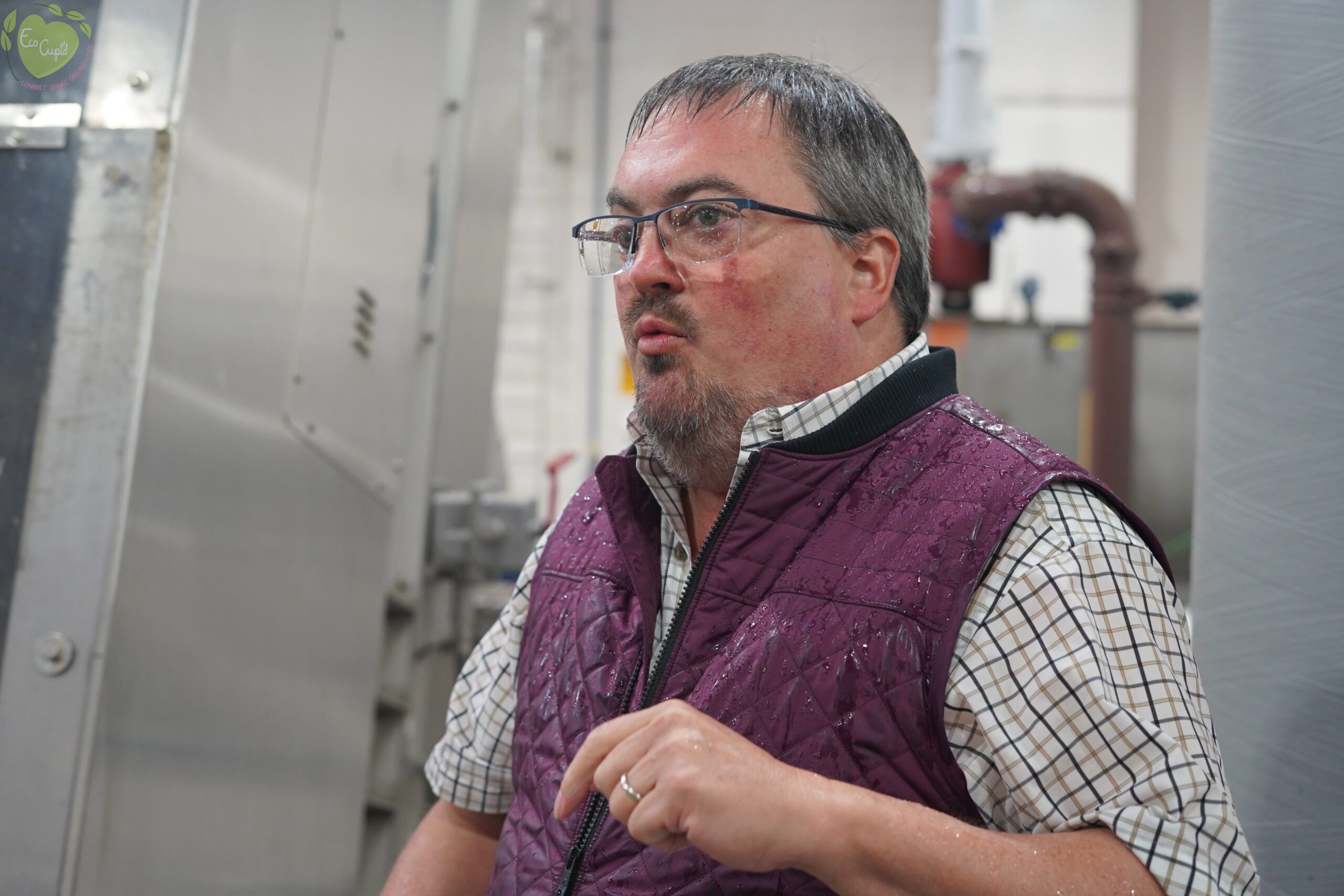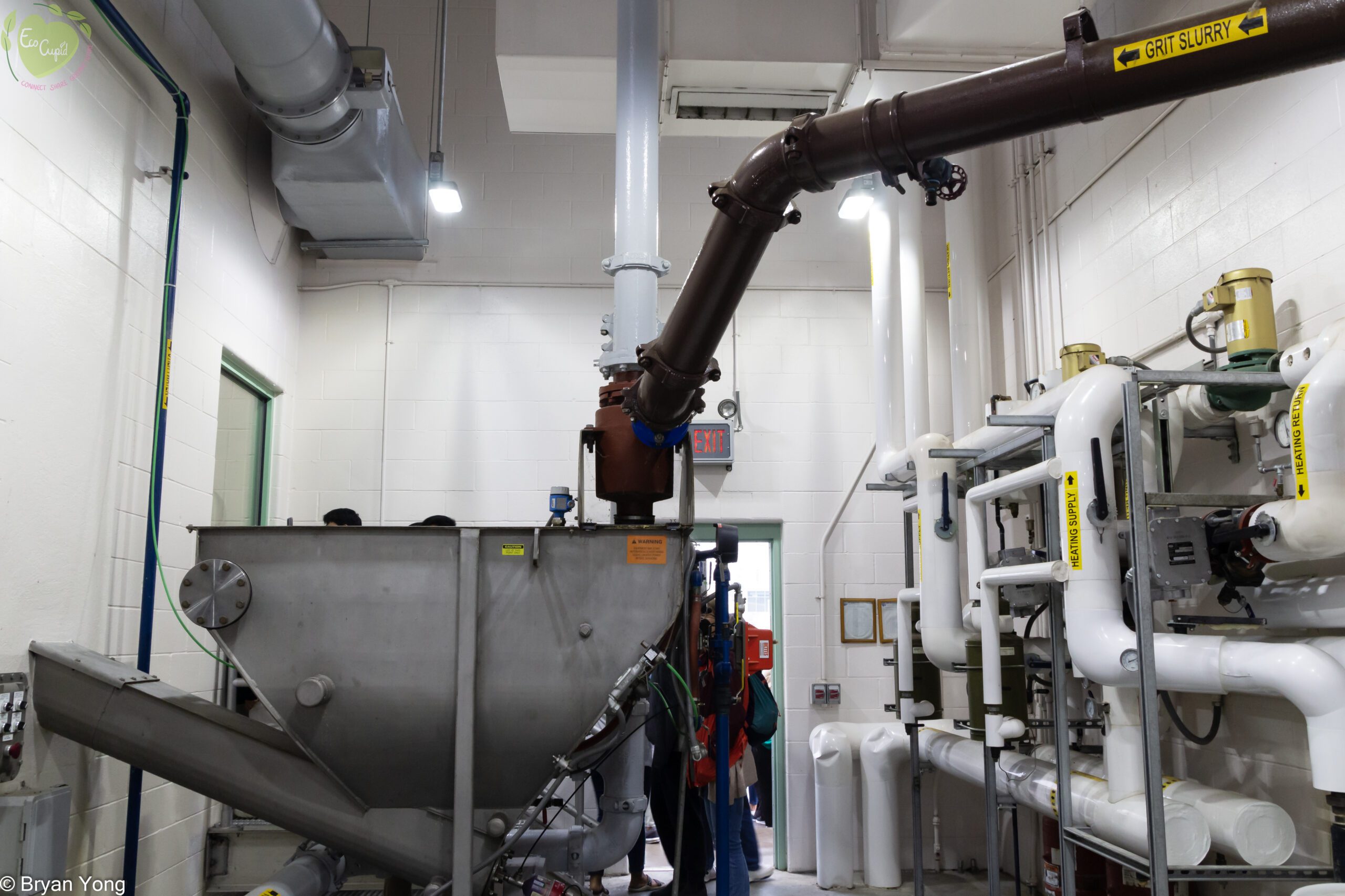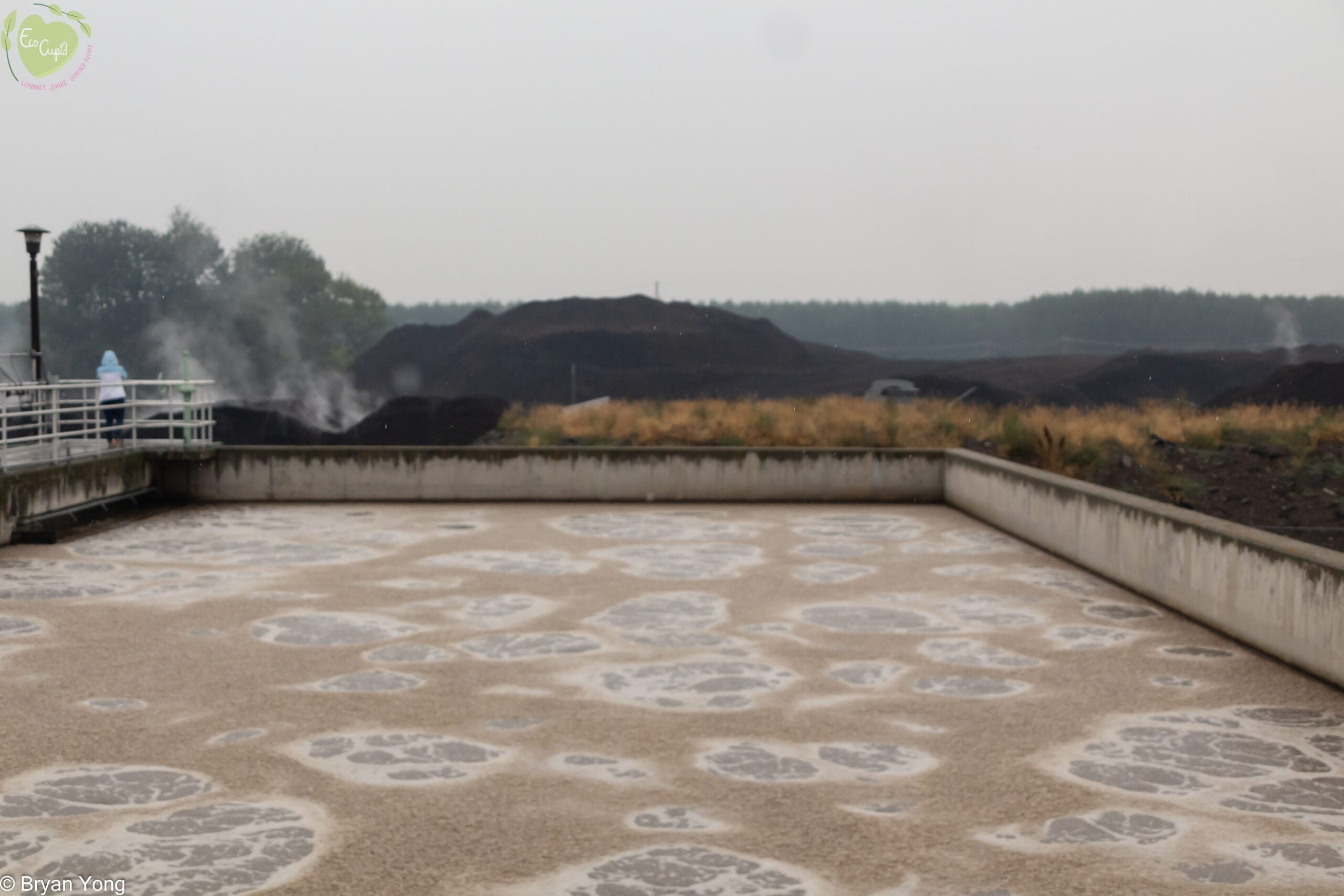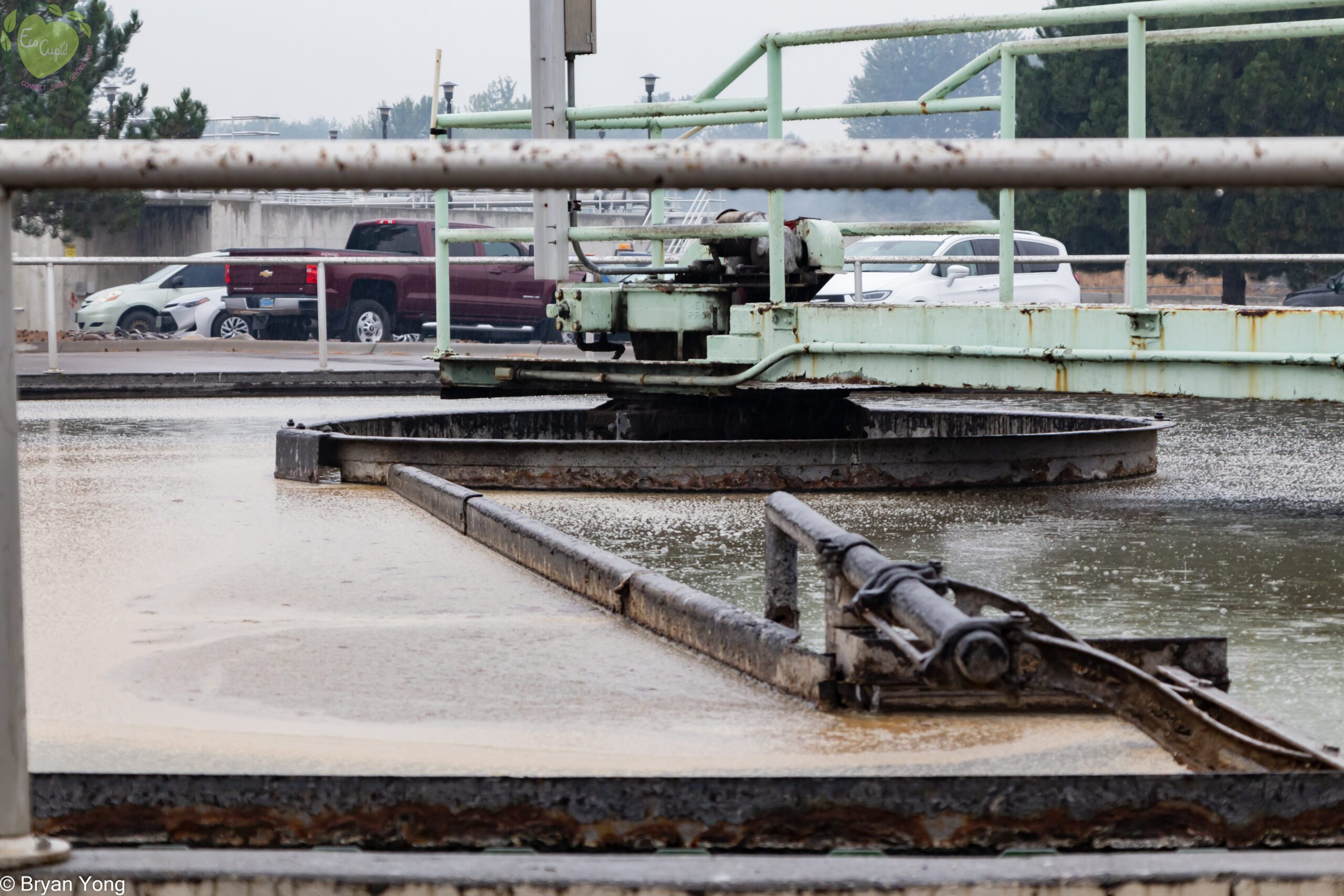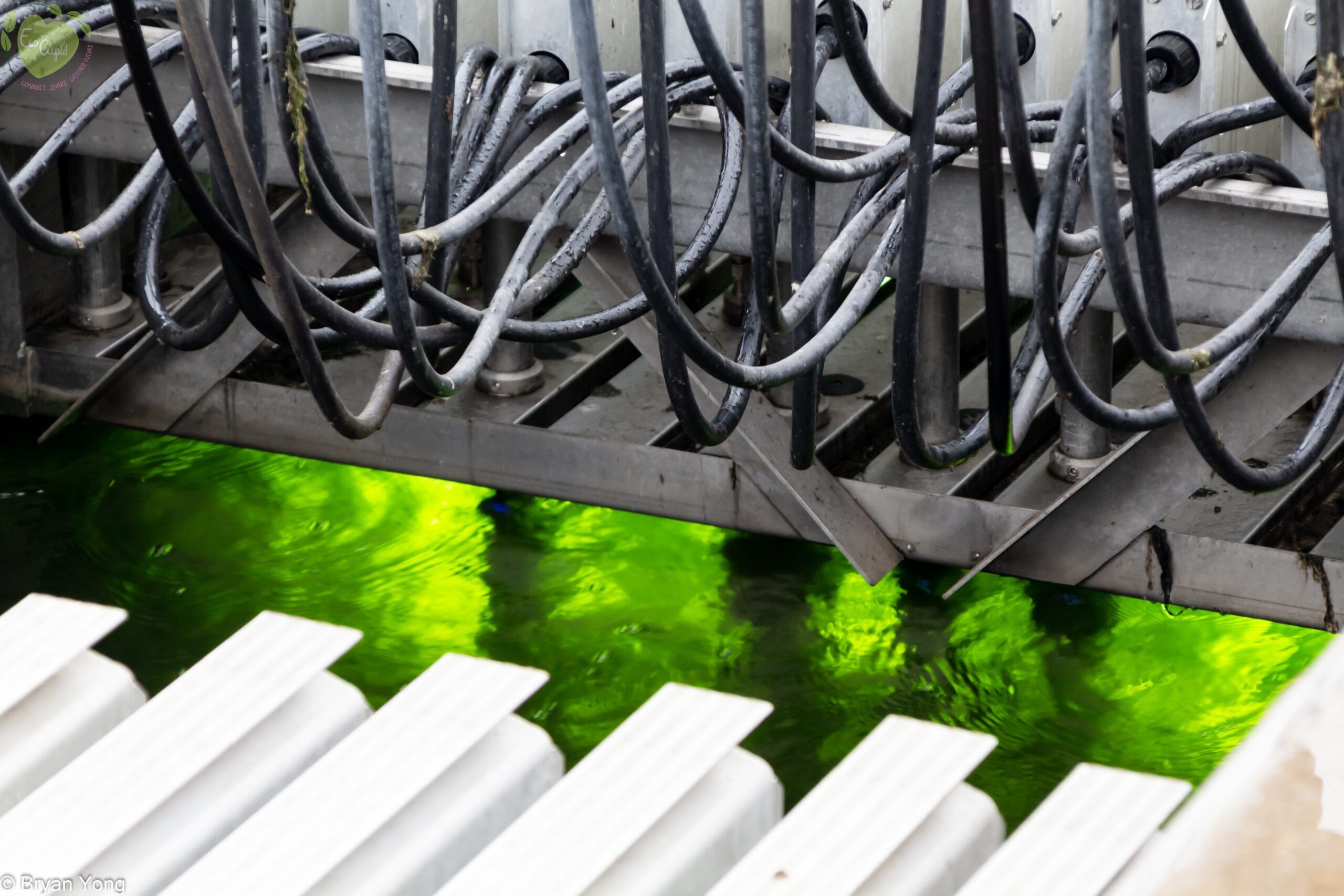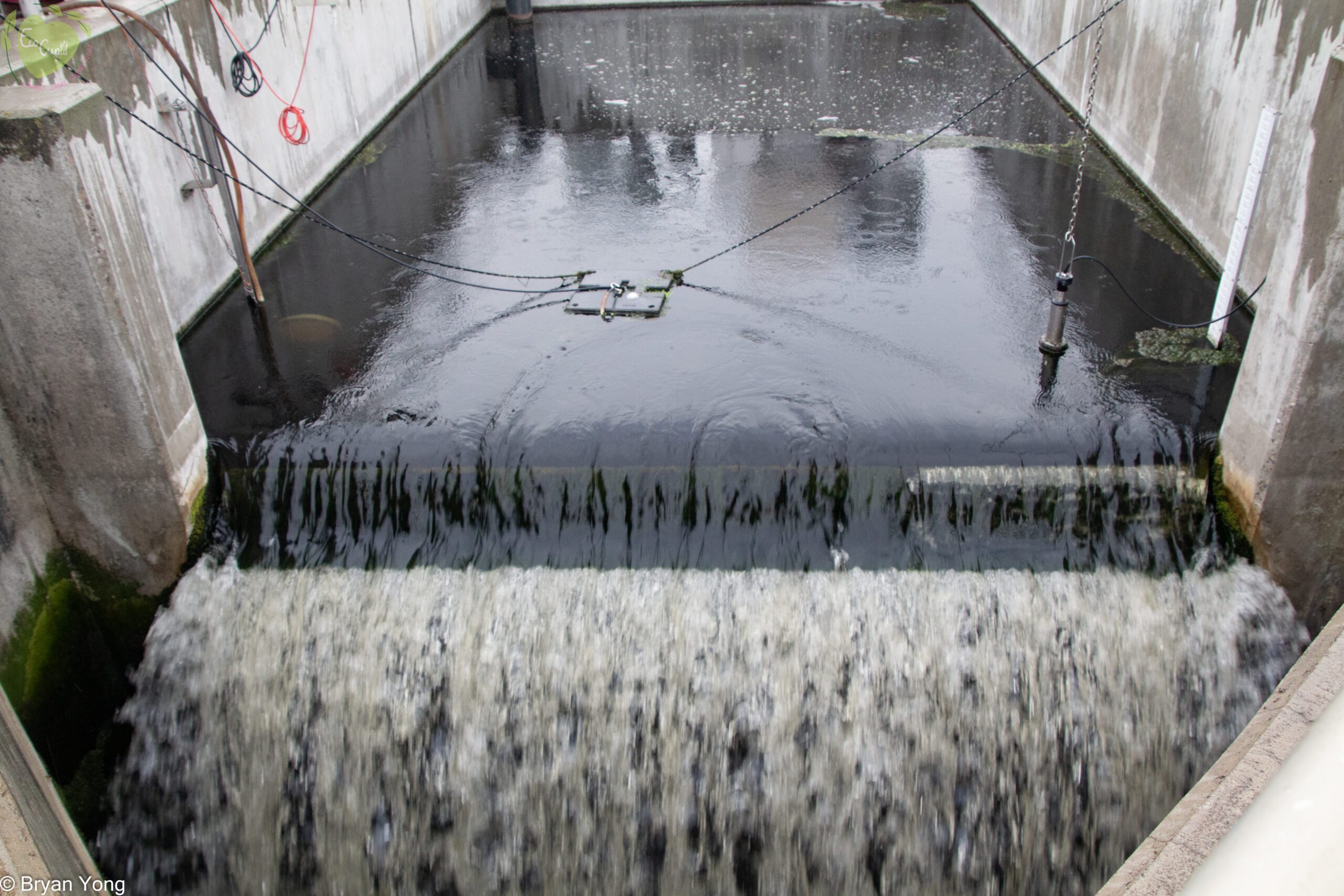YSEALI Adventures
Missoula's wastewater treatment facility: A model for ASEAN countries
EcoCupid explores the successful wastewater treatment facility in Missoula, Montana, revealing how effective treatment can be achieved even in small self-governing towns.
by Bryan YONG


